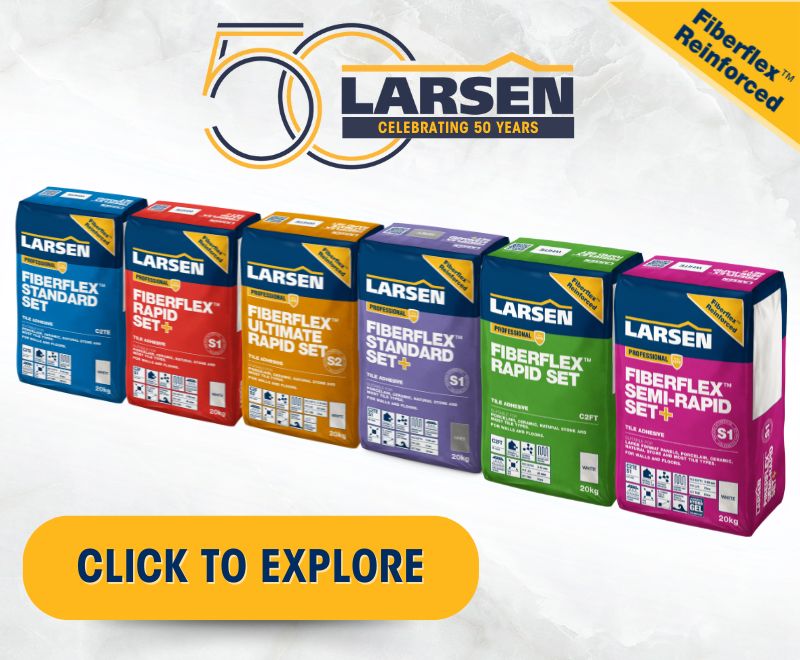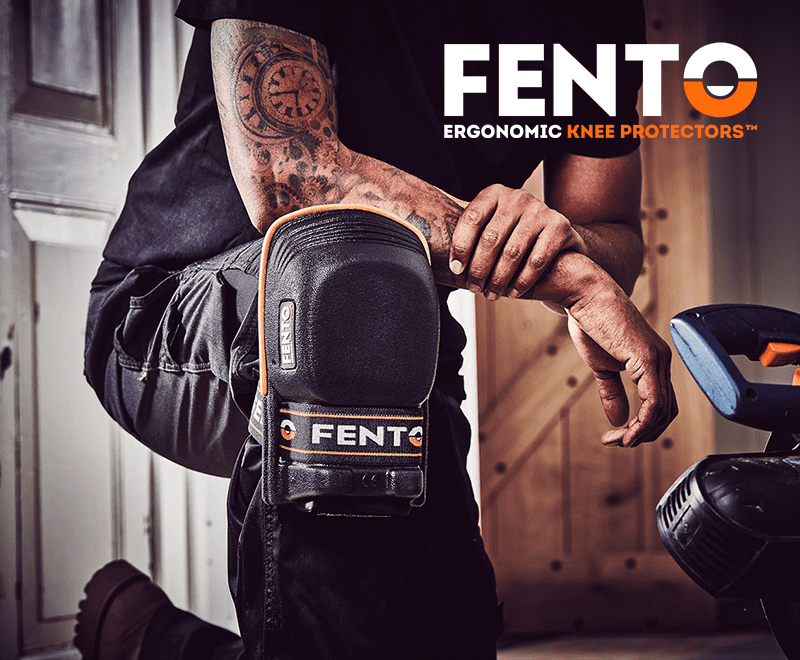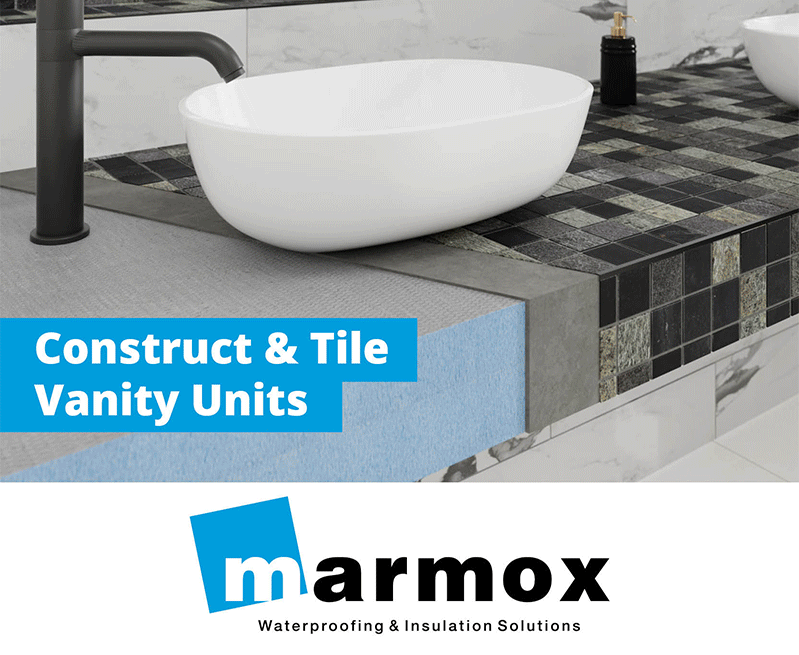IT’S very important to adhere to the British Standard when fixing large format porcelain tiles and panels, especially if they are thin as they are fragile. They’re easy to damage during handling and they can crack if they’re not laid correctly leading to failure of the installation. Handle the tiles using suitable lifting equipment taking special care with corners and edges, says Kerakoll.
For floors, the substrate should be totally level and stable. Laying on top of an existing sound tile installation is ideal, otherwise the use of a rapid hardening self-levelling compound is recommended. Adequate time should be left to ensure all substrates are properly cured to avoid movement after tile installation, says the company.
Says Kerakoll: ‘Care should be taken when fixing to ensure there are no air cavities under the tiles and the back of the tile is entirely covered by adhesive. The Standard recommends the use of both back buttering the tile and a layer of adhesive spread across the floor, spreading only enough adhesive for one tile at a time to avoid a skin forming on the adhesive as this could prevent proper adhesion.’
It adds: ‘H40 Gel-Adhesives are perfect for this sort of installation, as they thoroughly wet the back of the tile, do not shrink and hold their shape meaning the tile is fully supported. Additionally, H40 Gel has an open time of up to 60 mins at 23deg C so the tiler can spread the adhesive over a larger area, as ‘skinning’ is extremely unlikely to occur.’
Grout joints should be at least 5mm for 3m long tiles to allow adequate room for potential movement and avoid damaging fragile edges and corners, says the company. Movement joints should also be built in to allow for shrinkage of, or movement in the substrate. Under no circumstances should the tiles be butt jointed says the company.
Kerakoll says it recommends the use of Fugabella Color grout which can be used on joints from 2-12mm, and is durable, waterproof and colourfast with low Volatile Organic Compounds (GEV-Emicode 1). All joints should be clear of adhesive as far as possible to avoid cracking of the grout where there’s not adequate depth of coverage.
‘Movement joints should be filled with Silicone Color which is available in the same colour range as Fugabella Color,’ adds Kerakoll.
The same principles apply for large format wall tiles. It’s imperative the substrate is totally solid and not flexible. Tiling onto plywood is any case now outlawed by the British Standards and a suitable tile backer board should be used instead.
Says Kerakoll: ‘It’s advisable to use a flexible adhesive which is high-grab to avoid any vertical slippage – any of the H40 gel-adhesives are perfect, or the Setaflex range can be used to fix the tiles. Fugabella Color and Silicone Color should be used for grout and movement joints in the same way as for floor tiles.’
https://gb.kerakoll.com










